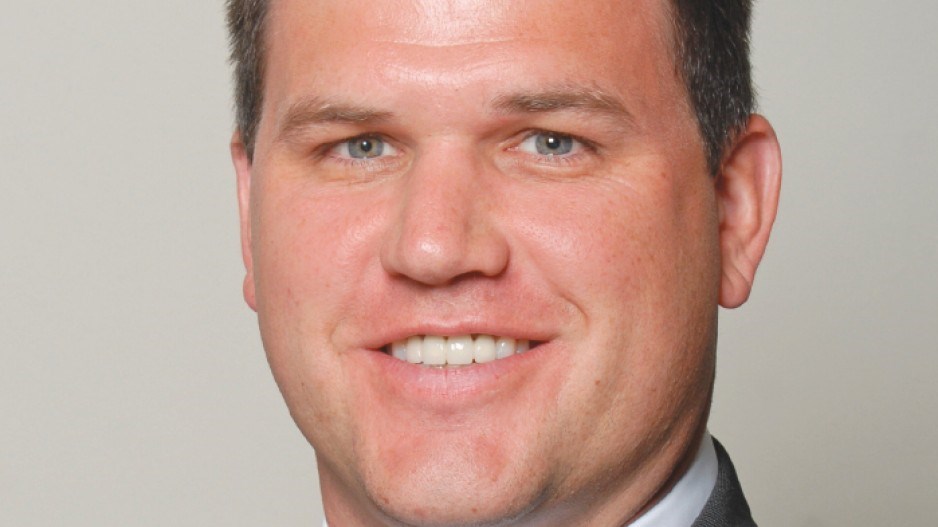Burnaby-based Canlan Ice Sports Corp. (TSX:ICE) has been changing its game plan.
Its June 2012 announcement of a new indoor sports facility in Mississauga represents a bit of a departure for the recreation and entertainment facilities company.
It is the company’s first completely non-ice complex – a change made to reflect shifting populations and evolving values.
“We did this because we’re looking at trends in hockey,” said Joey St-Aubin, Canlan’s president and CEO, explaining the company’s decision to diversify and increase its focus on indoor turf fields and hard-court surfaces.
“We’re not suggesting that things are dropping significantly, but you see things like concussions and the cost of the sport, as well as changes in demographics with new Canadians that are not traditional hockey players.
“You are going to start to see an emergence in things like soccer and court sports.”
The shifting focus, although significant, does not represent a monumental alteration to how the company does business.
“We’re experts in operating recreational facilities, and we’re programmers by trade,” said St-Aubin. “Programming ice, or programming turf or programming hard-court – it’s all the same to us.”
In a capital-intensive sector with significant barriers to entry due to high startup costs, Canlan faces stiff competition from municipal governments, who are often able to operate at a loss indefinitely, and other private operators.
The company plans to differentiate itself by adding value to its offering by increasing its range, rather than by attempting to compete solely on price. Aging infrastructure and rising utilities and labour costs make it a challenge to keep prices low for customers.
The company has differing strategies for its U.S. and Canadian operations.
“In the United States, we look to acquire opportunistically,” St-Aubin said.
In Canada, the strategy is a little different.
Most ice rinks in Canada are operated by municipalities, and Canlan wants to work with municipal partners, possibly in a P3 [public-private partnership] approach, said St-Aubin.
“On the Sportsplex [multi-sport] side, we certainly like to work with municipalities where and when possible, but we have a little more flexibility there in terms of being able to convert existing buildings to the Sportsplex model, or developing from new.”
St-Aubin said that because Canlan is so geographically diverse, the last few years haven’t been as bad as they could have been. He describes the company as “somewhat recession- resistant,” and said results were good in western regions, the prairies and Quebec.
The Toronto and U.S. locations did see a decrease in revenue.
“People were a little more reluctant and were careful how they spent their discretionary dollars.”
That’s not to say that the company has been completely impervious to changes in the economic climate.
For example, the introduction of the HST in British Columbia did have a negative effect on Canlan’s bottom line.
“It had a big impact on the food and beverage industry, and it impacted us in that area as well,” St-Aubin recalled, explaining that food and beverage represents about 16% of the company’s overall gross revenue.
Canlan Ice Sports statistics
19 number of facilities in North America (three in U.S., 16 in Canada)
5 number of facilities in B.C.
14 number of ice surfaces in B.C.
1 number of indoor turf fields in B.C.
68 total number of playing surfaces company-wide
2 number of corporate offices
1,000 number of employees working in all facilities
3 number of facilities managed on behalf of municipalities
50% percentage of revenue provided by the Adult Safe Hockey League




